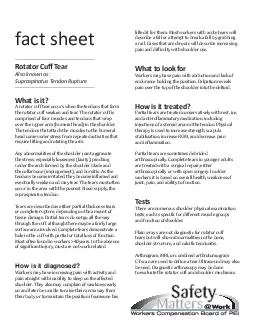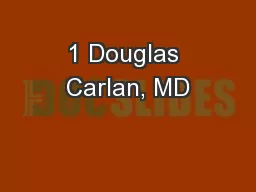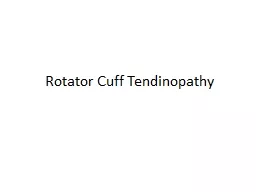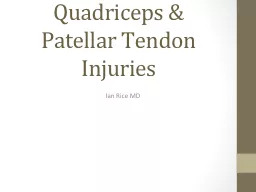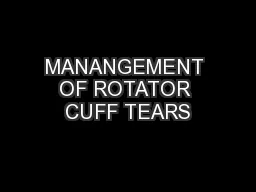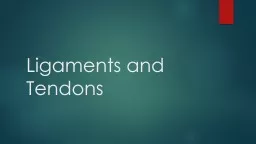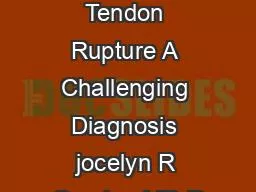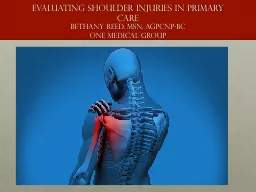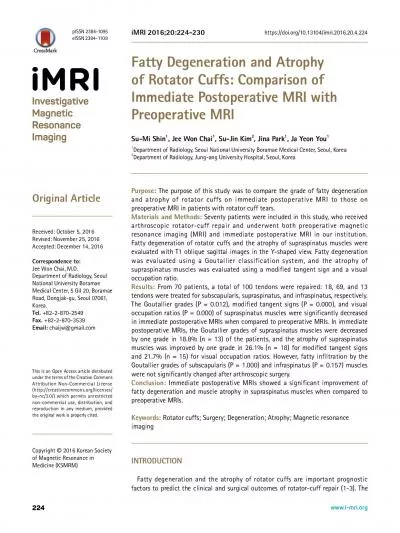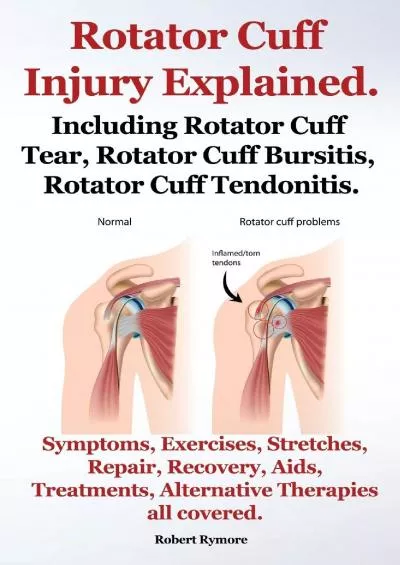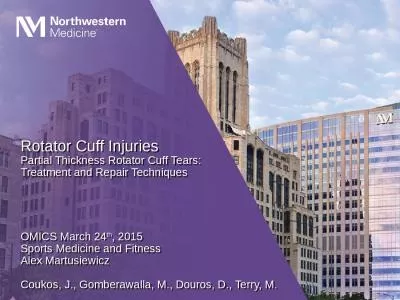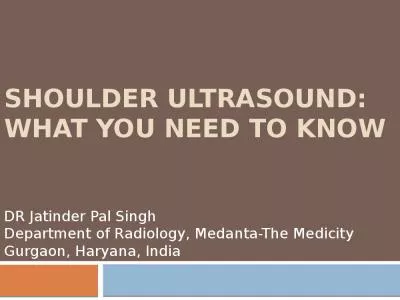PDF-fact sheet Zd Also known as Supraspinatus Tendon Rupture What is it A rotator cuff tear
Author : briana-ranney | Published Date : 2015-01-16
The rotator cuff is comprised of four muscles and tendons that wrap over the upper arm humeral head in the shoulder The tendons that attach the muscles to the humeral
Presentation Embed Code
Download Presentation
Download Presentation The PPT/PDF document "fact sheet Zd Also known as Supraspinatu..." is the property of its rightful owner. Permission is granted to download and print the materials on this website for personal, non-commercial use only, and to display it on your personal computer provided you do not modify the materials and that you retain all copyright notices contained in the materials. By downloading content from our website, you accept the terms of this agreement.
fact sheet Zd Also known as Supraspinatus Tendon Rupture What is it A rotator cuff tear: Transcript
Download Rules Of Document
"fact sheet Zd Also known as Supraspinatus Tendon Rupture What is it A rotator cuff tear"The content belongs to its owner. You may download and print it for personal use, without modification, and keep all copyright notices. By downloading, you agree to these terms.
Related Documents

